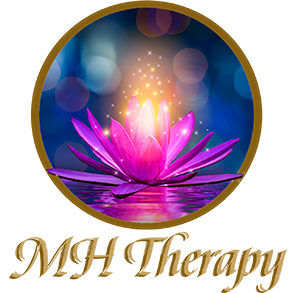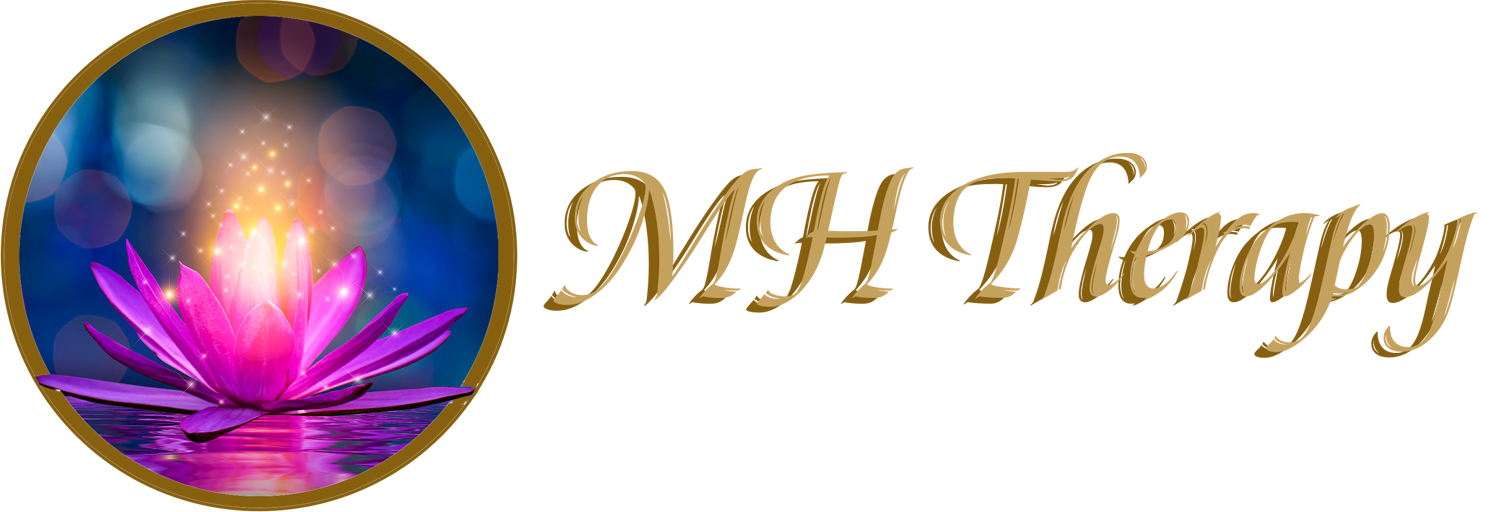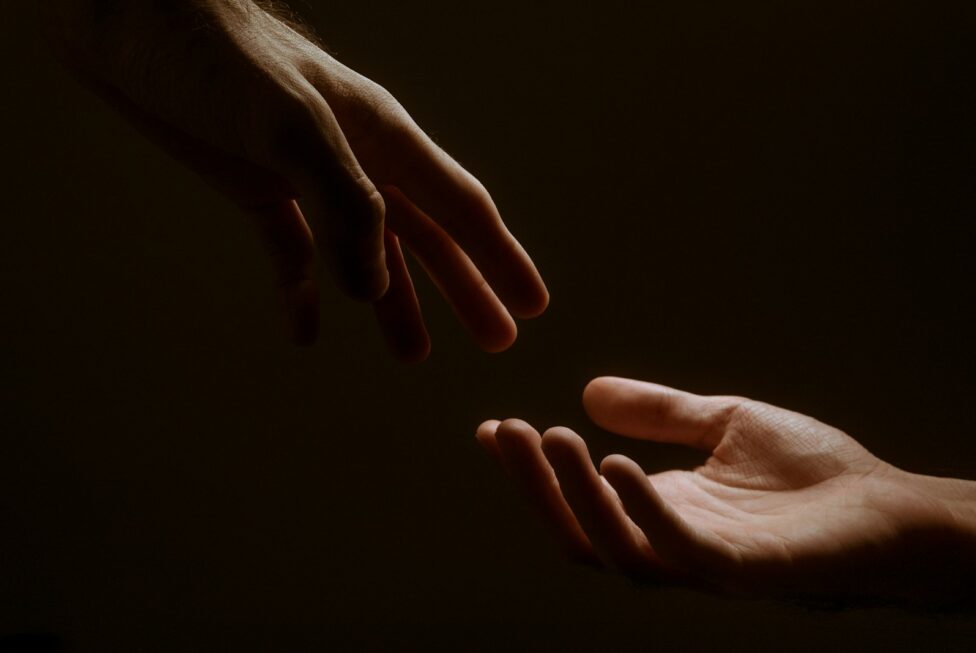Psychotherapy, often referred to as the “talking cure,” has evolved over the years to encompass a diverse range of therapeutic approaches. One of the most innovative and effective approaches involves the use of creative arts in the healing process. In this article, we will explore the fascinating world of creative arts therapy and how it enhances traditional psychotherapy techniques.
Understanding The Art of Healing:
1. The Healing Power of Creativity
Creativity is a universal human trait, and it holds immense therapeutic potential. Creative arts therapies, including art therapy, music therapy, drama therapy, and dance/movement therapy, harness the healing power of artistic expression to address emotional, psychological, and even physical challenges.
2. Art Therapy: Painting Emotions
Art therapy allows individuals to communicate their feelings and thoughts through visual art. Whether it’s painting, drawing, sculpting, or collage-making, the process of creating art can provide insights into one’s inner world. Art therapists guide clients in exploring their emotions and experiences through artistic creation.
3. Music Therapy: Harmonizing Emotions
Music has a profound impact on our emotions. Music therapists use various musical elements, such as rhythm, melody, and lyrics, to help clients express their feelings, reduce anxiety, and enhance emotional well-being. Music therapy is particularly effective in working with individuals who have experienced trauma or have difficulty expressing themselves verbally.
4. Drama Therapy: Acting Out Emotions
Drama therapy encourages clients to explore their emotions and experiences through role-play, storytelling, and improvisation. It allows individuals to step into different roles and perspectives, making it a powerful tool for gaining insight into one’s challenges and relationships.
5. Dance/Movement Therapy: Expressing Emotions Through the Body
Dance/movement therapy recognizes the mind-body connection and uses movement as a means of expression and healing. Clients engage in dance and movement exercises to explore their emotions, improve body awareness, and release physical tension. This approach is particularly beneficial for trauma survivors and those struggling with body image issues.
6. Integrative Approaches
Many therapists integrate creative arts techniques into traditional psychotherapy, offering clients a holistic approach to healing. This integration acknowledges that each individual may respond differently to various therapeutic modalities. For example, a therapy session might involve talking about a traumatic event and then using art or movement to process the associated emotions.
7. Unlocking the Subconscious
Creative arts therapies have a unique ability to access the subconscious mind. Clients often uncover buried emotions and memories during the creative process, which can be explored and processed in subsequent therapy sessions. This approach is particularly valuable for addressing unresolved trauma and emotional blocks.
8. Enhancing Communication
For individuals who find it challenging to articulate their feelings verbally, creative arts therapies offer an alternative means of communication. Through art, music, drama, or movement, clients can express themselves in ways that words alone cannot capture. This enhanced communication aids therapists in understanding and supporting their clients.
9. Building Resilience
Engaging in creative arts therapies can boost resilience and coping skills. Clients learn to express and regulate their emotions constructively, which can have a profound impact on their ability to navigate life’s challenges. Creative arts therapies are particularly effective for individuals dealing with stress, anxiety, and depression.
10. A Journey of Self-Discovery
Creative arts therapies are not just about symptom relief; they are a journey of self-discovery and personal growth. Clients often report increased self-awareness, improved self-esteem, and a deeper connection to their inner selves through creative exploration.
Conclusion
The integration of creative arts into psychotherapy represents a powerful shift in how we approach mental health and well-being. By embracing artistic expression, individuals can embark on a transformative journey of healing, self-discovery, and personal growth. Whether it’s through painting, music, drama, or movement, the art of healing is a testament to the profound and versatile nature of human creativity.



